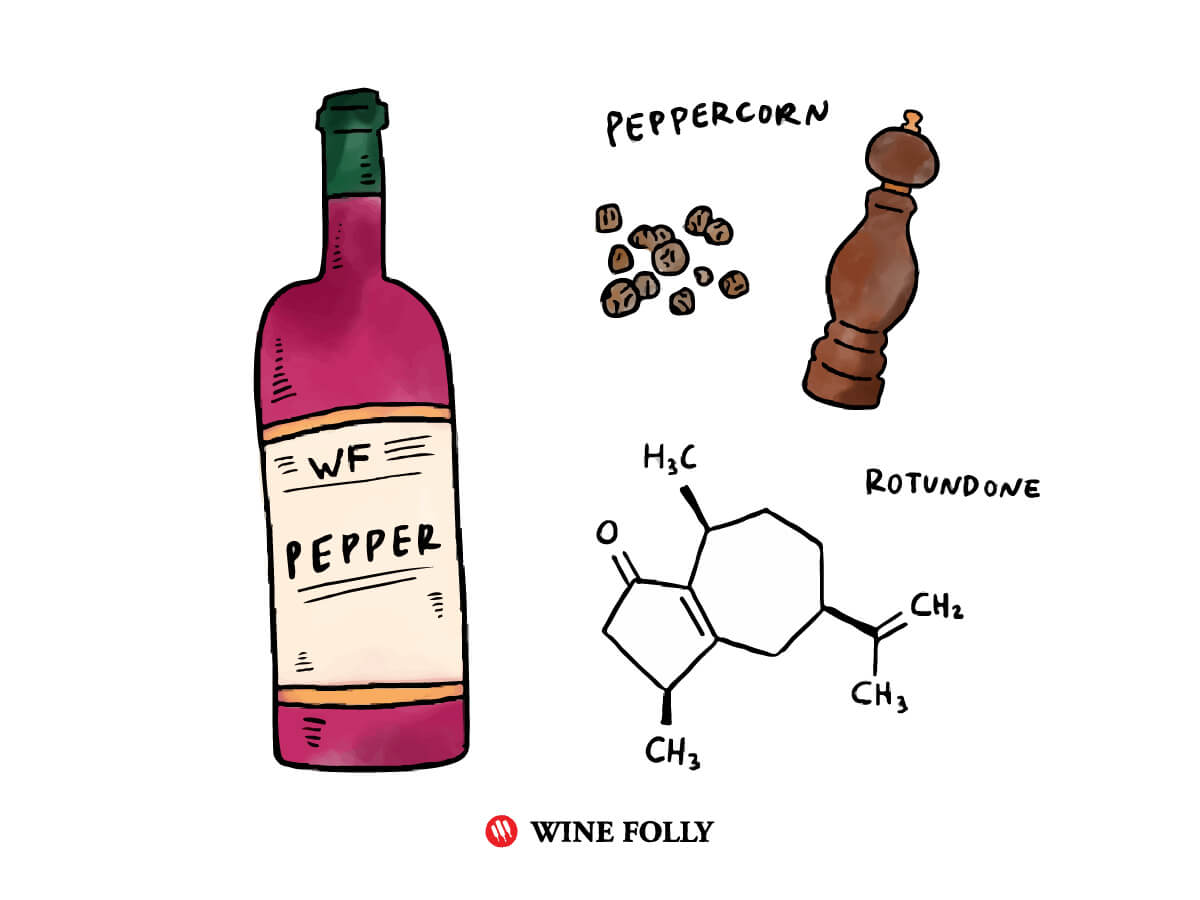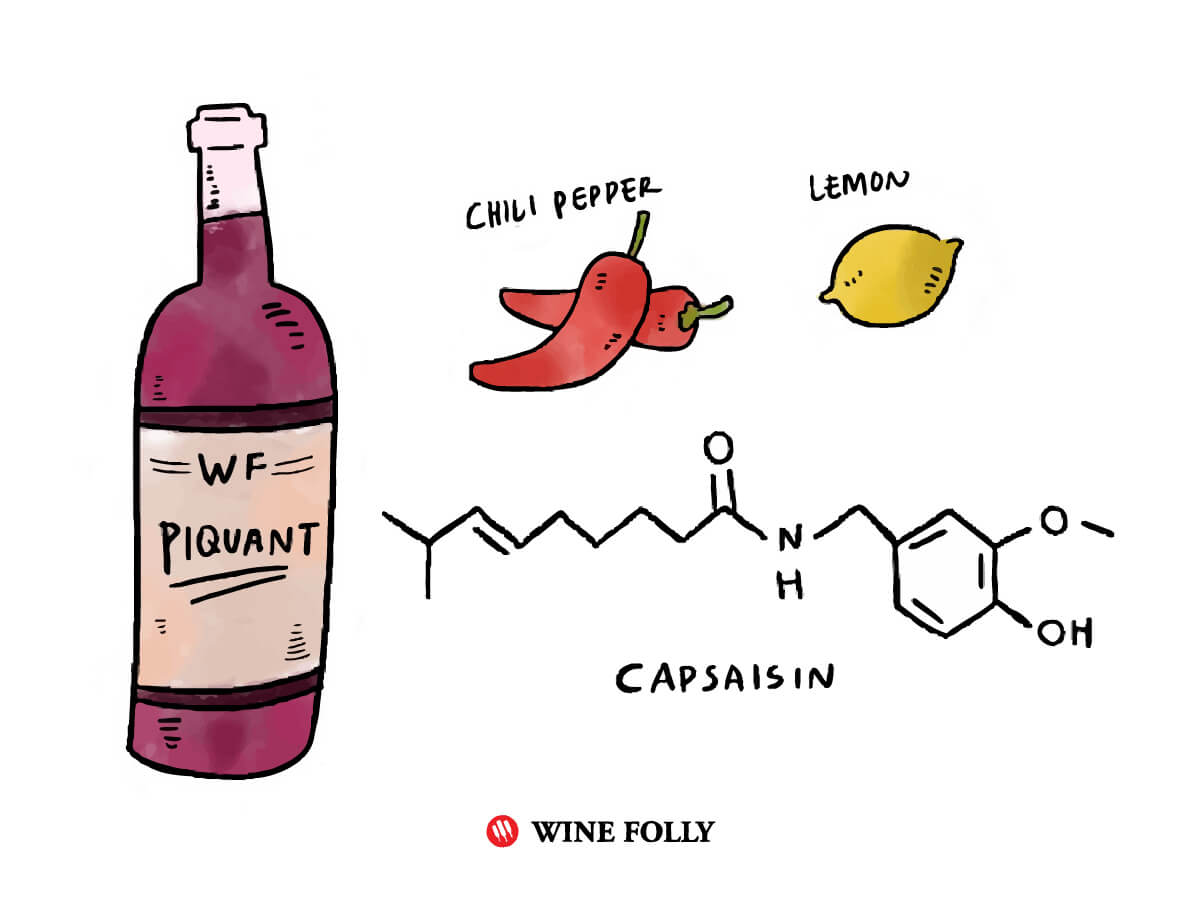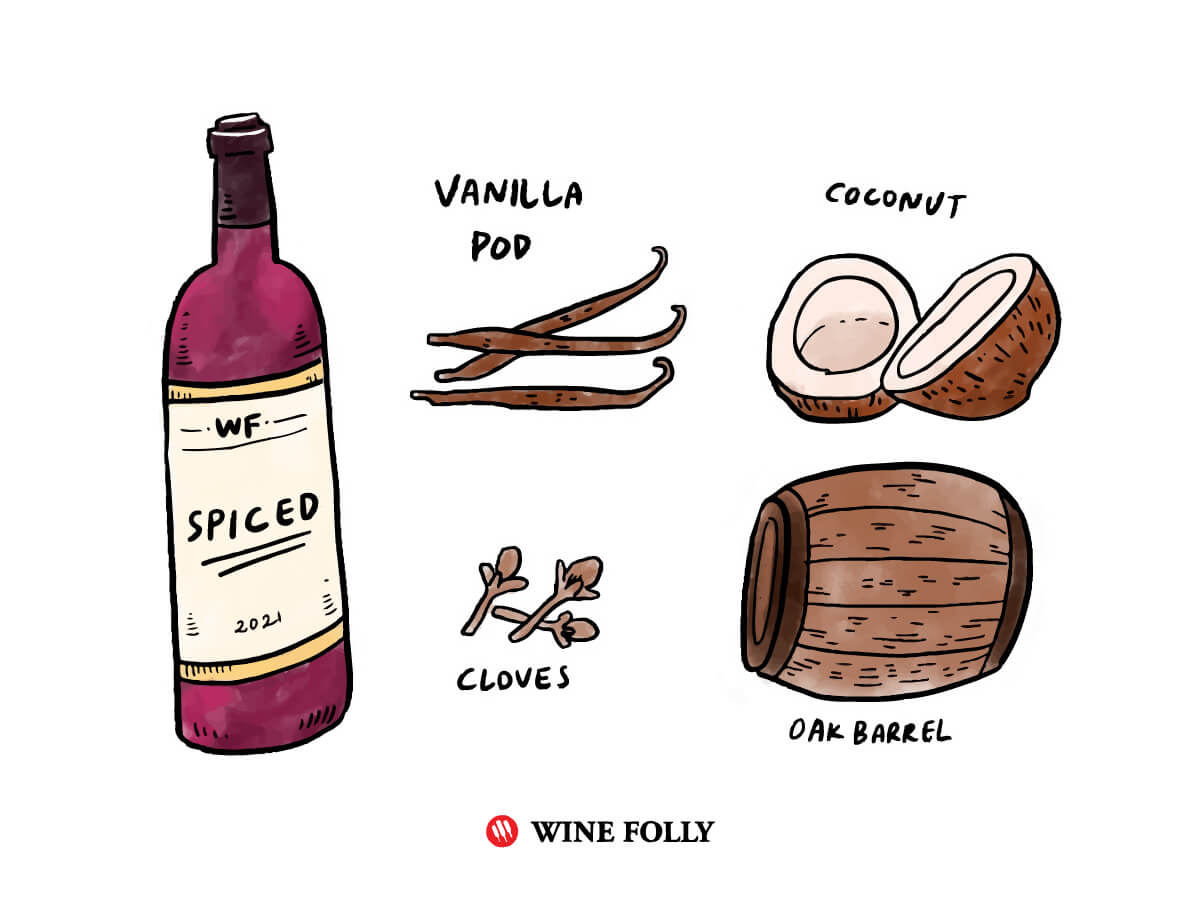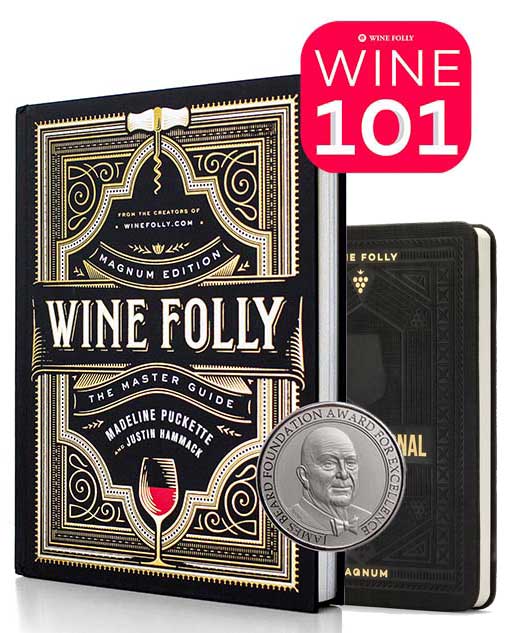Products You May Like
You can taste a red wine and suddenly discover your mouth is sizzling – that spicy red wine has a whole world of delicious, zesty compounds that light up your palate and senses.
Our quick guide will help you learn about what’s making you wave a hand over your tongue, and where you can look around the world for more delicious and lively wines.

Quick Guide to Spicy Red Wine
There are a number of reasons why a wine might taste spicy or piquant.
Do you pick up a peppery aroma in your Syrah? Perhaps you get a warming or piquant sensation on your tongue when you drink Chianti, or maybe you think of baking spices such as vanilla, nutmeg and clove, as we might find in Californian Zinfandel.

Pepperiness
Some wines really smell of freshly crushed black or white pepper, which is really great when you’re having a pepper steak to pair it with!
Wines made from the Syrah grape have a high level of pepperiness because the grape actually has one of the same compounds in its skin as is found in black peppercorns – that naturally occurring compound is called Rotundone.
One interesting thing to note is that 1 in 5 people can’t actually smell rotundone at all, so if you don’t find Syrah peppery, that might be why.

Piquant
Have you ever had a wine and immediately felt a warming or burning sensation, kind of like when you eat a piquant pepper?
If you like that heat then give a Chianti Classico from Italy a try – due to its high level of acidity you can feel that piquant sensation. To help soften that high acid it’s best to have something salty, like cheese, or well-seasoned red meat.
You might also find that piquant sensation with Amarone, a wine with high levels of alcohol, around 15-16%. This full bodied wine pairs best with richly flavoured dishes like braised meats.
Why do these wines feel spicy?
Certain compounds activate the tongue’s touch receptors rather than flavor receptors – capsaicin, found in spicy peppers does this, but so do alcohol and acid.
They can make a wine feel more piquant. TRPV1 receptors tell us when things are hot – normally activated at 107F (42C) however things that are noxious activate them too, like capsaicin, alcohol, and high acid foods or beverages.

Spiced
Do you like wines that smell of a spice cupboard, with vanilla, cloves, baking spices and they make you feel warm and cosy like you’re sitting next to a fire?
If that’s the type of spicy red wine you’re looking for then give Zinfandel from Lodi, California a try or a Pinotage from South Africa. These wines are often aged in oak barrels for over a year, and that oak adds baking spice flavour to the wine.
Specific aromas we associate with oak barrels come from individual compounds that are extracted from the oak during the ageing process.
Oak lactones give a coconut smell, and these are often found in American oak barrels, vanilla flavors from vanillin, found in both French and American oak, and we get spicy toasted and clove aromas from eugenol and guaiacol respectively.
Sometimes there might even be an additional spice character, such as more clove/spice from a type of yeast which can grow in oak barrels – Brettanomyces. Many wine producers find this to be a fault, but some producers may find it adds a bit of complexity to their wine.
Enjoy Your Spicy Wine
There are many ways in which we might experience a red wine to be spicy, be it peppery, piquant, or spiced, and depending on what you like you have lots of wine styles to choose from.
If you like spice and are looking for a white wine, why not try out Gewürztraminer, particularly from Alsace, which has 4-Vinylguaiacol in it, a compound that gives the wine a spicy edge. Grüner Veltliner from Austria can also be spicy as it, like Syrah, has Rotundone in its skin, so can have a peppery character.
Now armed with your spicy wine knowledge, jump out there and learn by drinking!

